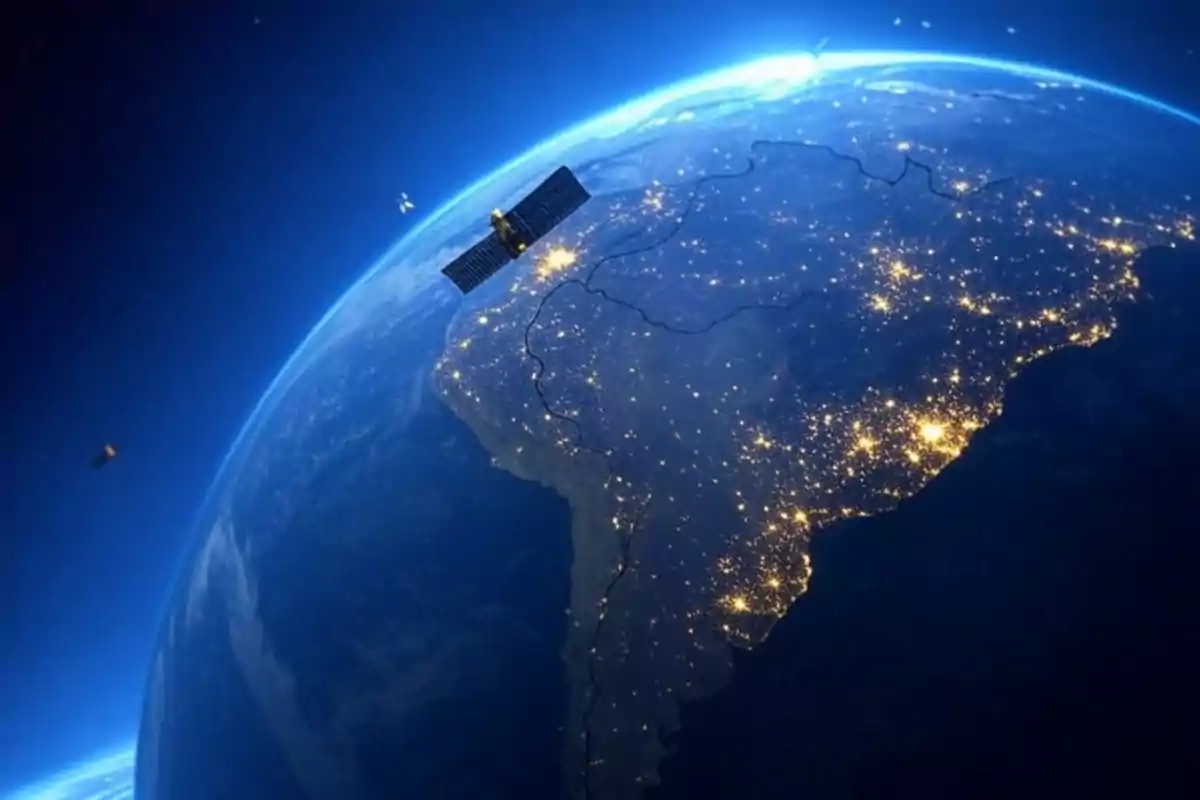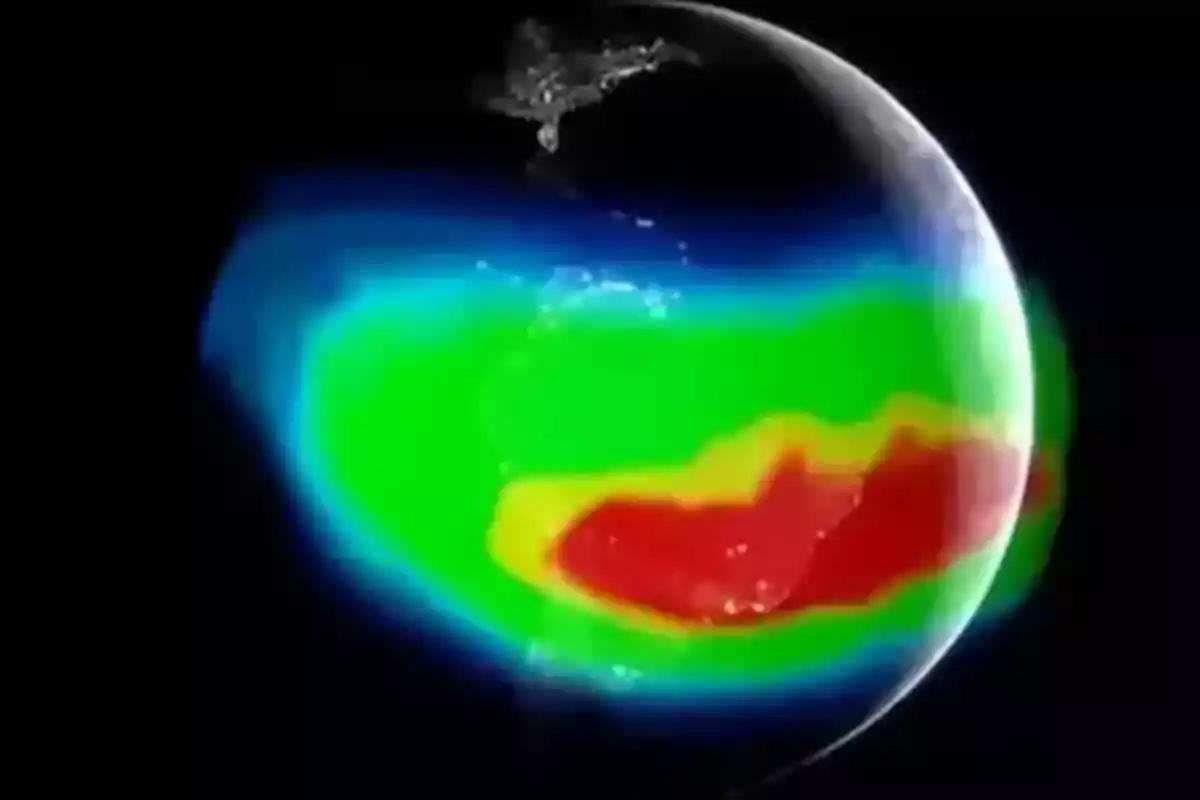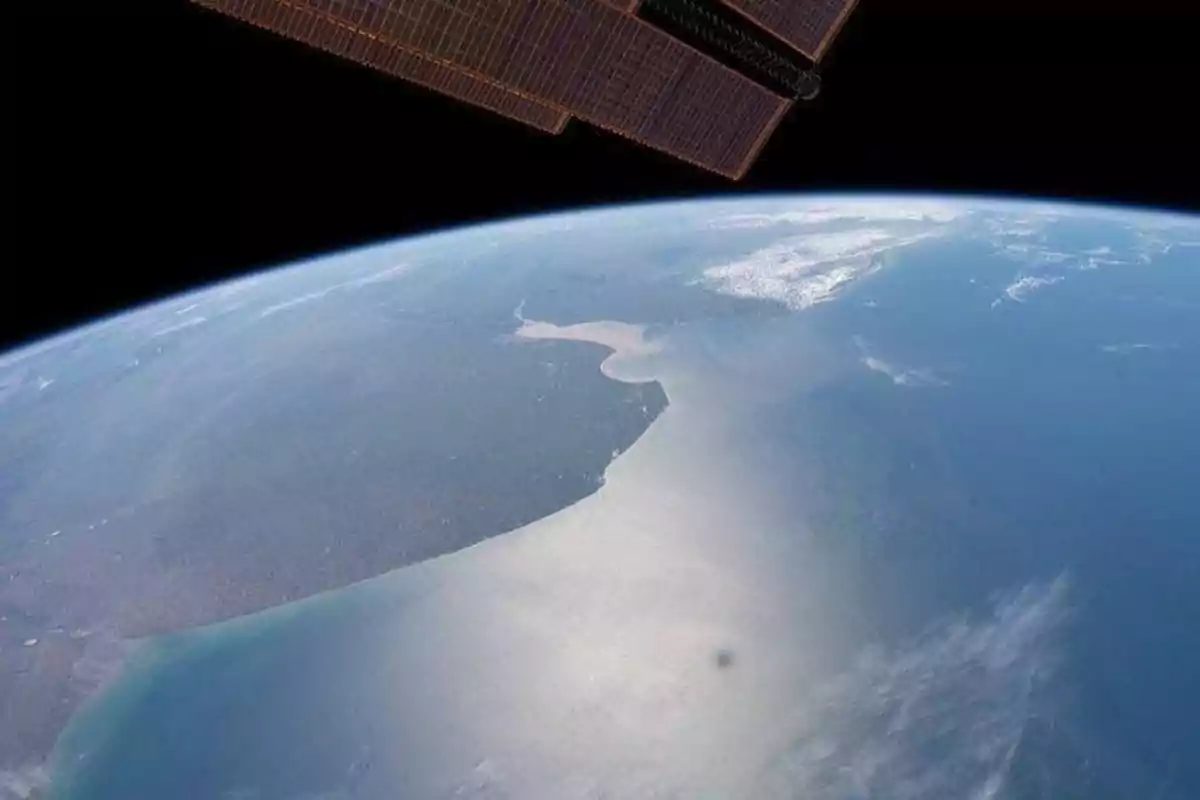
NASA provided details of a magnetic phenomenon centered in Argentina
NASA set off international alarms by releasing new data on the South Atlantic Magnetic Anomaly
The National Aeronautics and Space Administration (NASA) raised international alarms by releasing new data on the South Atlantic Magnetic Anomaly (SAMA). It is a region of the Earth's magnetic field that shows significant weakness, with its most vulnerable area located over Argentine territory.
The phenomenon affects Brazil, Bolivia, and Paraguay. Additionally, it is linked to the irregular movements of liquid metal in the Earth's outer core.
These internal displacements create a "dent" in the magnetic field, weakening it. This allows cosmic radiation to penetrate more easily.
NASA indicated that in the last four years the anomaly increased its weakness by 7% in South America. However, Argentina is located at the epicenter of this vulnerability.

The main risk is not directly to human health, but to satellites and electronic systems in Earth's orbit. These devices suffer damage, circuit failures, and data loss due to exposure to high-energy cosmic particles.
This could translate into failures in essential services such as GPS, telecommunications, internet, and air navigation. Even in the accuracy of weather forecasts, as remote observation systems are compromised.
Additionally, traditional navigation instruments like compasses can also be affected, impacting both aviation and maritime transport.

How the phenomenon is monitored
The monitoring of the SAMA is handled by multiple agencies, including NASA, the Geospatial Defense Geographic Center, and the National Geospatial-Intelligence Agency (NGA) of the United States. Satellites like ICON and Swarm are used for observation, capable of detecting real-time changes in the ionosphere and Earth's magnetic field.
These data allow for understanding the evolution of the anomaly and anticipating its possible impacts. According to NASA, the weakened area acts as an entry point for space radiation, posing a serious threat to technology in orbit, especially when satellites cross the region during their trajectory.
What could happen in the future
An intensification of the SAMA could lead to massive damage to satellites and critical impacts on technological infrastructures. Argentina, being at the center of the anomaly, faces a higher level of risk and will need to closely monitor the phenomenon's evolution.
The weakening of the magnetic field is a natural geophysical process. But its speed and expansion generate concern in the scientific community. It is now being studied whether this phenomenon is linked to a possible reversal of the Earth's magnetic poles.
More posts: